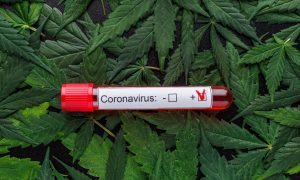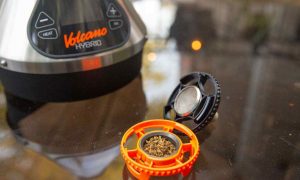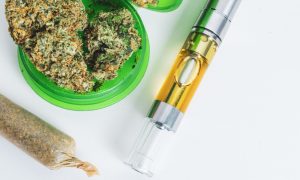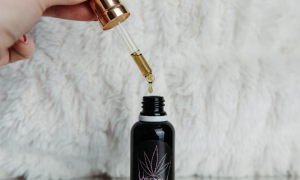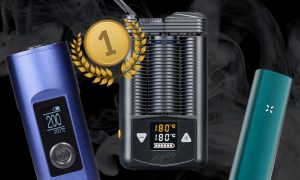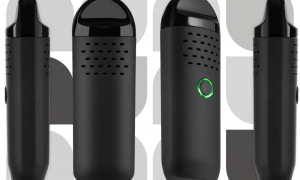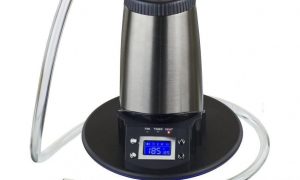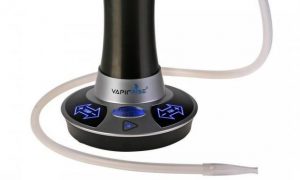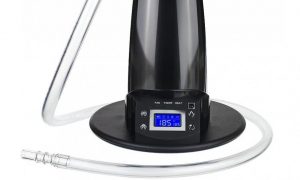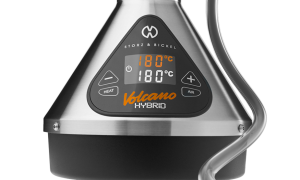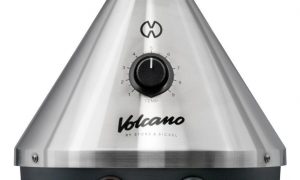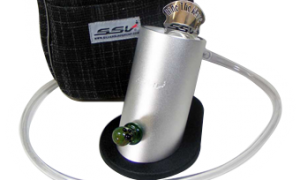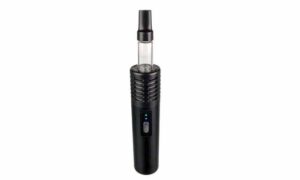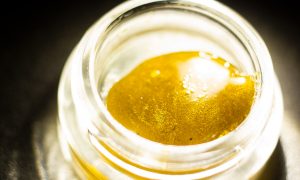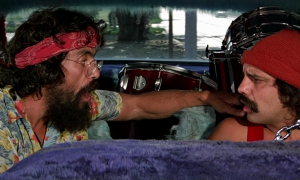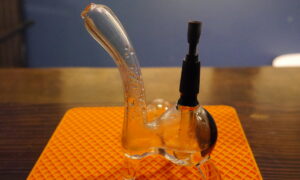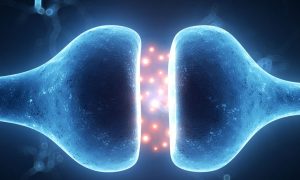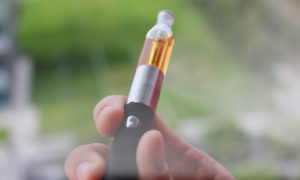Like all good television, ABC’s Ice Wars has been generating waves of controversy. While the ratings were down for last night’s second episode (it did 399,000, down from 466,000 last week), that hasn’t stopped the press going wild with love or hate for the program.
The four-parter created by Northern Pictures is slated “revealing the scope of the challenges facing law enforcement, health workers, users, families, and the community as they grapple to mitigate the effects of ice use in Australia”, but Professor Nicole Lee from Curtin University’s National Drug Research Institute reckons the program is unhelpful and that there is no ‘ice epidemic’.
—
Without doubt, crystal methamphetamine, or ice, is capable of causing immense harm. That’s true for many drugs, including alcohol. But when facts are distorted to create fear and stigma it helps no one. Not the people who use ice. Not their families. Not the health professionals supporting them. Not the police who enforce drug law.
Ice Wars, airing over the next few weeks on ABC, shows the dark side of crystal methamphetamine use. It shows the great, but difficult work that police, mental health and substance use treatment professionals do every day.
It carefully explains some of the commonly misunderstood effects of the drug. It shows the breadth of the ice problem across police, treatment services and individuals. And it shows how people are suffering and the compassionate response that is possible from health workers and police.
There’s no ‘ice epidemic’
Most of what is reported in this four-part documentary is not incorrect, but it lacks nuance and context. It makes entertaining television, but it contains the type of sensational language that can create community fears leading to the stigmatisation of people who use drugs and knee jerk responses from policy makers.
We are not “under siege”, or “at war” with ice. There is no ice epidemic. Ice is not “tearing apart the fabric of our community”.
Crystal methamphetamine, commonly known as “ice”, is one form of methamphetamine. The other main form is a powder, commonly known as “speed”. They are the same chemical, but ice is more pure and therefore much stronger.

Ice Wars
We have seen a consistent decrease over the last 15 years in the percentage of the population using methamphetamine, but a large proportion of the group who previously used speed are now using ice. From our best available data, 2.1% of Australians over 14 years have used methamphetamine in the last year and about half of those prefer ice over speed.
It’s close to the truth that 1.3 million people have tried crystal methamphetamine – the figure is probably more like 850,000. It sounds like a lot of people, but it’s around 5% of the population over 14 years old.
The vast majority of these people have tried the drug not more than a handful of times and are not regular users. Around 1% of the Australian population have used ice in the past year. Around three quarters of that 1% have used not more than 12 times in the past year. That means only 0.25% of the population use more than once a month.
Yes, there is an increased risk of psychosis among people who use methamphetamine, but 75% of people who use it regularly never have any type of psychotic experience. Yes, there is an increased risk of agitation, aggression and violence among people who use methamphetamine, but 75% of people who use it regularly never become aggressive while using it.
Clearly ice is capable of causing significant harm to the person using it and to others, and significant distress to their families and friends. It’s a drug that when it is bad, it can be very bad.
But we already know the best, most cost effective way to reduce drug use in the community is to reduce demand through effective treatment. Interventions as brief as two sessions, counselling and longer term rehabilitation are all effective, and people who use methamphetamine do as well, or better, in treatment than people who use other drugs.
Fear and stigma help no-one
There is one significant thing we have learned from hundreds of sessions of community education, thousands of hours of worker training and many sessions of treatment with people who use ice and their families: it is counterproductive and distressing for people who are affected when the media makes exaggerated negative claims, showing only the ugly side of drug use.
One of the greatest harms to people who use drugs is the fear and stigma generated by exaggerated images, out of context “facts”, and name calling – “monsters”, “junkies”, “addicts”, “zombies”. We see it every day – fear drives good people to lock their doors and close their hearts. Families and individuals become isolated as a result, and communities outcast those who need to be pulled closer.
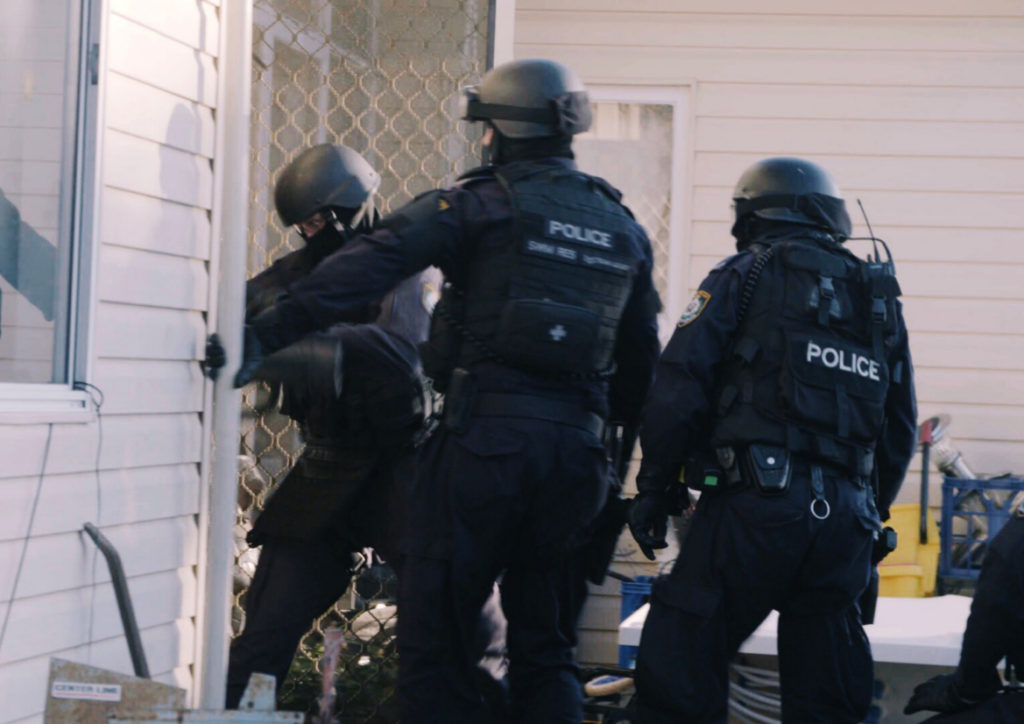
Ice Wars
Our research has found it takes on average five years for someone to access treatment after they first experience problems with methamphetamine. We know the earlier someone gets treatment, the better the outcomes. Continued stigmatisation of people who use ice and their families only serves to prolong the time to treatment by making it less likely those who need help will ask for it.
Fear and stigma also make it hard for families to have an open discussion about drugs, which is crucial in prevention efforts. Talking early and openly about drugs in an age-appropriate way is one of the best protective factors for kids.
Fear messages don’t work on young people, and they don’t work on the people at highest risk of using. They just make those who would probably never try the drug more determined not to. Sometimes these approaches can even increase young people’s interest in using. Kids see the world differently from adults. When we use scare tactics on kids, if it doesn’t fall within their sphere of experience they switch off.
Fear drives poor policy, policy that focuses on “crackdowns”, “zero tolerance” and scare campaigns. None of these things is effective. We know what reduces drug related harms in the community is a focus on support, on keeping people alive and on access to treatment.
So watch Ice Wars with interest. But question, reflect, look for the good news. Remember it’s not the whole story. And know the people who use methamphetamine and their families are, first and foremost, people. Compassion and a clear head is going to solve this problem. Not fear and stigma.
—
Annie Bleeker from the Alcohol and Drug Foundation co-authored this article. Nicole Lee, Professor at the National Drug Research Institute, Curtin University. This article was originally published on The Conversation. Read the original article.


















